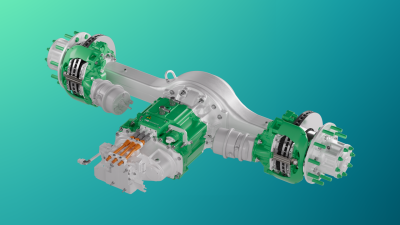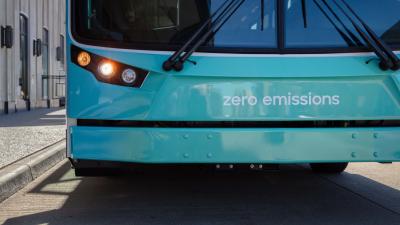Electrolyzers
What is an electrolyzer and what is it used for?
An electrolyzer is a device that uses electricity to split water or other components into their constituent elements through electrolysis. Electrolysis is a chemical reaction where an electric current passes through a substance, causing it to decompose into its basic components.
In the case of water electrolysis, an electrolyzer uses an electric current to split water molecules into hydrogen and oxygen gases. The hydrogen gas can be stored as either compressed gas or liquefied. The oxygen created is released back into the air or captured and stored to supply to other industrial processes.
The components of an electrolyzer
The basic form of an electrolyzer unit contains an electrolytic cell with two electrodes – a cathode (negative charge) and an anode (positive charge) – and a membrane. An electrolyzer system contains the electrolyzer cell stacks, pumps, vents, storage tanks, a power supply, a separator and other operating components.
Electrolysis occurs within the cell stacks when an electric current is applied across the electrolytes. The anode attracts the negatively charged hydroxide ions (OH-), releasing oxygen gas (O2). The cathode attracts the positively charged hydrogen ions (H+) and releases hydrogen gas (H2).
What are electrolyzers used for?
Electrolyzers are mostly used to produce hydrogen gas. Hydrogen is essential for industrial processes, including ammonia production for fertilizers and fuel for fuel cell applications such as buses, trucks and trains. They can be used for energy storage by converting excess electricity from renewable energy sources, such as wind, solar and hydropower, into hydrogen gas. The gas can then be compressed, stored and used as needed.
Varying in size and function, electrolyzers are scalable to meet various input and output needs. Their footprint can range from small industrial electrolyzer plants installed in shipping containers for on-site production to large-scale centralized hydrogen production facilities capable of delivering hydrogen by trucks or being connected to pipelines for natural gas blending.
Electrolyzers are also a complementary technology to fuel cells. Operating much like a battery, fuel cells produce electricity and heat. Unlike a battery, a fuel cell can produce endless electricity if a fuel – like hydrogen – is continuously supplied. Fuel cells that use hydrogen generate electricity that is zero emissions at the point of use for its applications, meaning fossil fuels are not needed, and no harmful emissions are created.
The different kinds of electrolyzers
There are three main types of water electrolysis technology: proton exchange membrane (PEM), alkaline and solid oxide. Each electrolyzer functions slightly differently depending on the electrolyte material involved.
Proton exchange membrane (PEM) electrolyzers
PEM electrolyzers contain a proton exchange membrane that uses a solid polymer electrolyte. When an electrical current is applied to its cell stack during water electrolysis, the water splits into hydrogen and oxygen. The hydrogen protons pass through the membrane to form H2 on the cathode side.
Alkaline electrolyzers
Alkaline electrolyzers contain water and a liquid electrolyte solution such as potassium hydroxide (KOH) or sodium hydroxide (NaOH). When current is applied to an alkaline cell tack, the hydroxide ions (OH-) move through the electrolyte solutions from the cathode to the anode of each cell. The hydrogen gas bubbles are generated at the cathode, and the oxygen gas is generated at the anode.
Solid oxide electrolyzers
Solid oxide electrolyzers, or solid oxide electrolysis cells (SOECs), are solid oxide fuel cells that run in regenerative mode. A SOEC uses a solid oxide, or ceramic, electrolyte. When current is applied, and water is fed into its cathode, the water converts into hydrogen gas and oxide ions. While the hydrogen gas is captured for purification, the oxide ions move to the anode and release electrons to an external circuit to become oxygen gas.
Electrolyzers and green hydrogen production
Green hydrogen is renewable hydrogen produced using water electrolysis technology and electricity generated from renewable energy sources, such as solar or wind. It is gaining unprecedented momentum globally, and Accelera believes it is a key component in accelerating the shift to clean energy. The commercialization of electrolyzers can make green hydrogen more readily available and enable energy systems across the globe to undergo fundamental transformations to lower emissions and reduce their negative impact on the environment.

